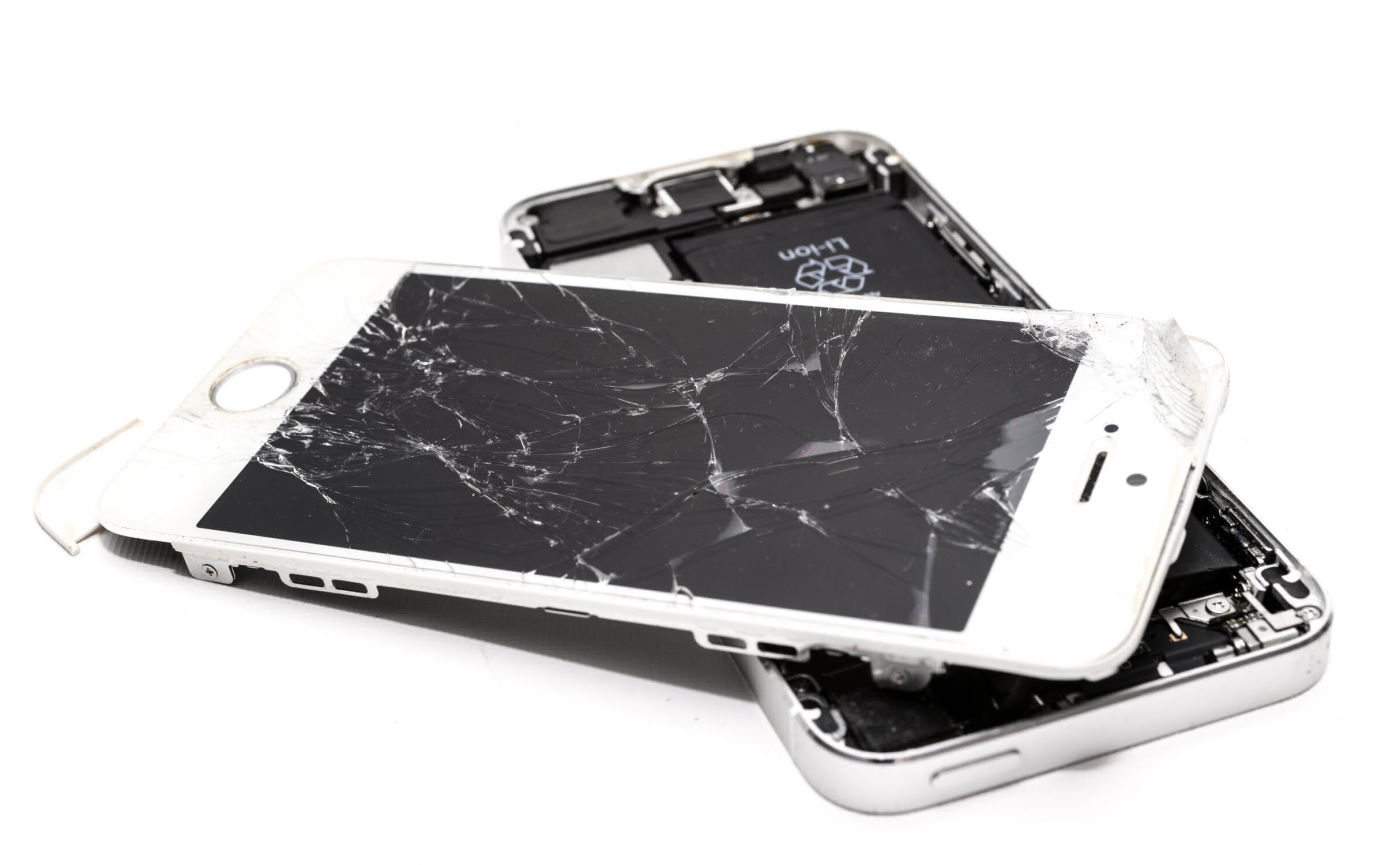First and foremost, they appear to be less expensive on a per-device basis (please see our previous article about Total Cost of Ownership (TCO). Second, their employees are already familiar with these devices, so there’s a lower requirement on training.
Now that we’ve established the top-level benefits of consumer-grade devices, let’s take a look at the various pitfalls that lie just beneath the surface. We have outlined a number of concerns you should be aware of before deciding to deploy consumer devices or instituting a policy of BYOD (Bring Your Own Device)
SECURITY
Many consumer devices do not have the security features required to comply with enterprise business standards.
DATA CAPTURE
A lack of industrial scanning capabilities can lead to a major impact on the productivity of your workforce.
POWER MANAGENT
In order for mobile devices to remain in service for a full shift you need two things: a battery with the capacity to last a full shift , and a removable battery that can be swapped – instead of taking the device out of service for charging.
LIFECYCLE MANAGEMENT
Consumer-class device lifecycles are measured in months, while enterprise -class device lifecycles are measured in years.
SHORT LIFESPANS
Many consumer-grade devices are obsolete within 18 months, What if a device breaks beyond repair and the latest version has different dimensions or connectors making the accessories, cases, pouches, sleds, scanners, and chargers obsolete?
COSTLY DOWNTIME
Many mobile technology providers make repair a complicated, lengthy process or may not provide a comprehensive coverage option at all. A device taken out of rotation sends ripples of downtime throughout the enterprise.
THE HIGH PRICE PAID
As inexpensive as they may look at first, consumer-grade mobility can actually extract a high price in additional accessories and peripherals, rapid obsolescence, and potential downtime. Plus, consumer-grade devices are not inherently designed to accept add-ons or upgrades as the technology evolves.
As a result, your business risks being beholden to technology that doesn’t truly suit your requirements, despite the lower initial acquisition cost. These consumer-grade devices, and the technology they depend on, do not evolve at the same pace as your business’ needs.
By opting for purpose-built mobile technology for each worker and process, your company can exercise greater control over the features you want and the pace of when you want them.
That’s because enterprise-grade devices are typically engineered with specific use cases and requirements in mind and are available in numerous form factors with varying operating systems, keyboard options, screen sizes, and connectivity options. This enables your business to maximize end user productivity, while also protecting your investment and complying with IT standards.
We’d love to go into greater specifics about how DHS Worldwide can create a solution for your specific needs and which mobile devices will best suit those needs. Simply contact us to schedule a conversation that will help you avoid any potential pitfall in the future.

